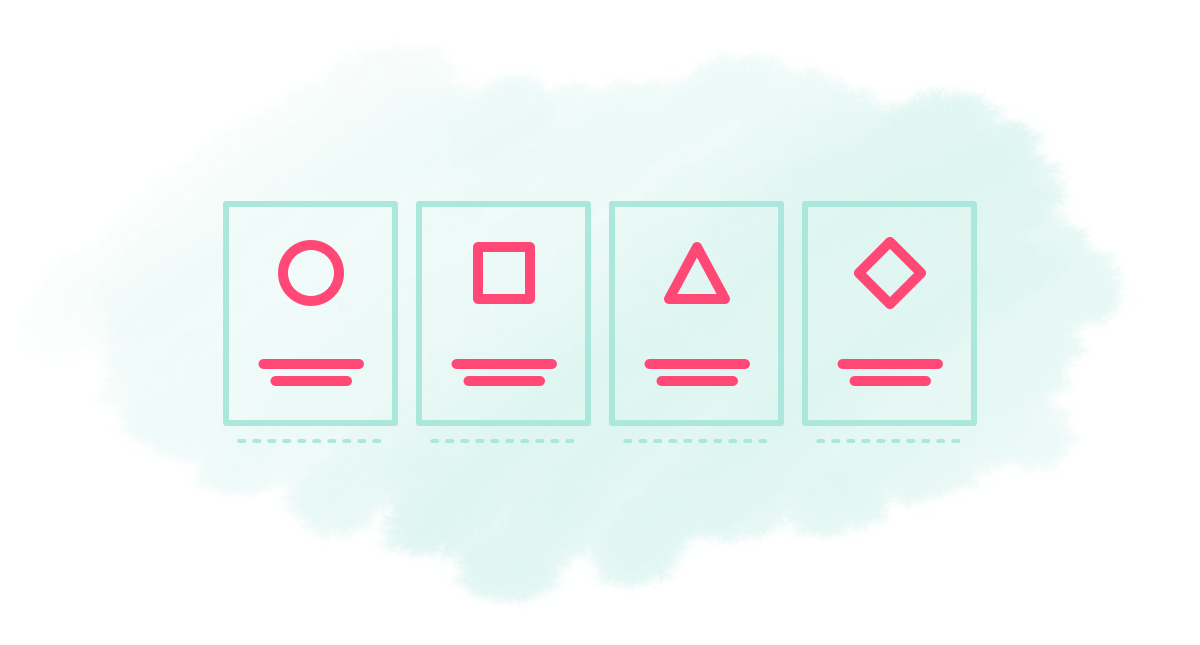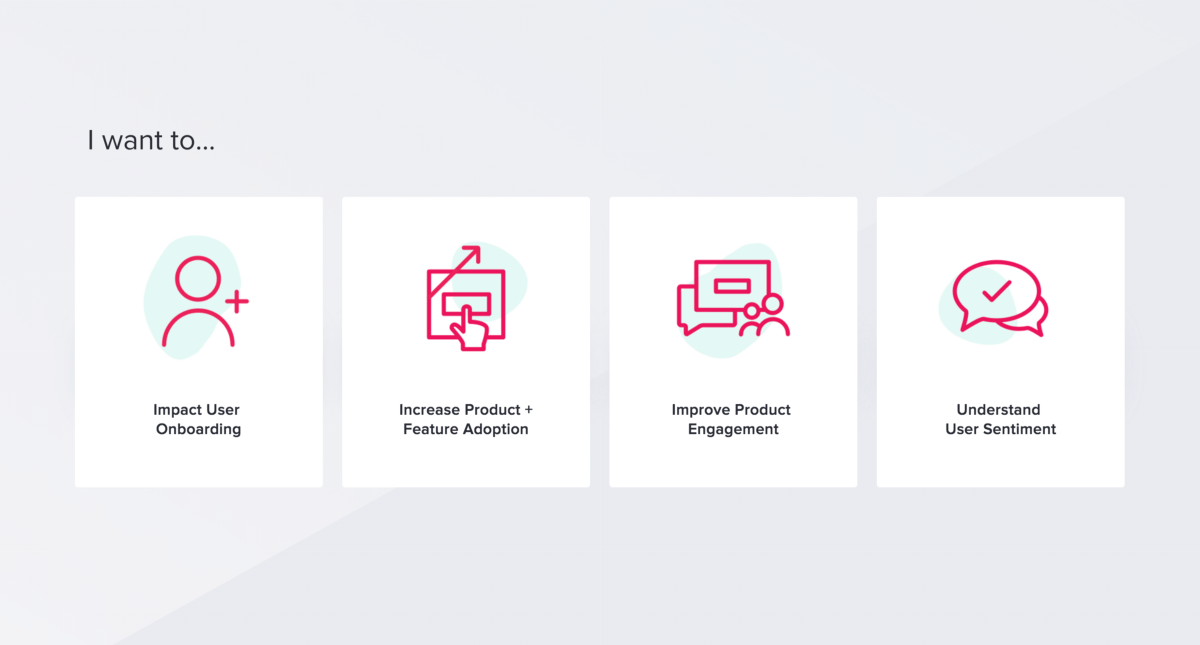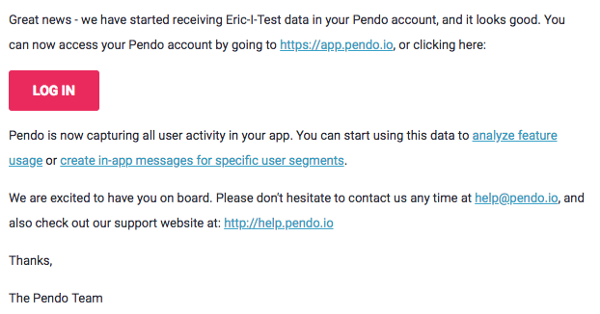 When it comes to building great products, first impressions are very important. We, along with our customers, understand the importance of designing a first-time user experience that sets the tone of the customer relationship. Onboarding should be simple, straightforward, delightful, and focused. New hire onboarding is no different and no less important.
When it comes to building great products, first impressions are very important. We, along with our customers, understand the importance of designing a first-time user experience that sets the tone of the customer relationship. Onboarding should be simple, straightforward, delightful, and focused. New hire onboarding is no different and no less important.
At Pendo, every team member gets access to Pendo on Pendo, where we use our software on top of our software. It’s how we are able to understand and guide our users through the software that we build. Virtually every function at Pendo uses Pendo to gain insight into our customers. They build guides, run reports, and create messages to communicate progress to our customers. This gives us great insight into how our internal teams use our software, and as PMs, we can create guides and content that guide our team members through their onboarding experience. The same guided walkthroughs we create for our customers serve the dual purpose of training and onboarding new team members.
My Pendo Onboarding
When I arrived on my first day, I received my credentials and logged into Pendo. As I expected, Pendo guided me through the main use cases, presenting me with opportunities to learn more about each of the features and areas of the platform that the introduction highlighted. The onboarding walkthroughs provided me with a great balance of guided exploration and followed the principles of discoverable complexity. At the time, I didn’t appreciate how helpful these flows were — as a new user of software, it’s easy to get lost in that complexity. Instead, I could learn Pendo at my own pace, and dive deeper into the most interesting parts if I wanted to.

Dogfooding Our Install Documentation
Once I understood Pendo’s core use cases and the features that supported them, I installed Pendo on my own website. To be honest, this process was intimidating. Before I could even install the Pendo javascript snippet, I had to create and publish my own web page. As a PM with a background in sales, marketing, and sales engineering, I had never created my own website or written much code outside of the classroom. After a painstaking two hours full of vocabulary lessons and basic questions of one of my front end engineers, I had successfully set up a test site on my local machine. Now, I was ready to install Pendo.

I started with consuming the help and installation documentation, which stepped me through the entire installation in a simple, straightforward way. It only took about 20 minutes to install the Pendo javascript snippet on my website, and I clicked around on the few basic buttons and links on my page to generate some data to send to Pendo. I waited in anticipation to receive the “Pendo Data Received!” email and eagerly logged in to verify that everything that I had done up until this point worked as intended. Success!
Continuing through the setup process, I clicked through Pendo’s “Quick Start Checklist” guides located in the Guide Center. This series of walkthrough guides toured me through the setup and configuration of my Pendo account, and once complete, I had pages tagged, features tagged, paths, and funnels ready to reveal insight.
Nearly everyone at our company uses Pendo every day to help inform product and customer relationship decisions. However, the growth team and I have been the exception to that rule. Until now, Pendo was not installed on our project, and we recently began capturing data about our product. Seven weeks after installing Pendo on my own page, I’m excited to finally put this knowledge to use. Having been through the product onboarding experience myself, I am much more prepared to implement Pendo on our project with a clear plan to gain product & user insight. I’ve already started to tag pages, identify features, and build dashboards to gather feedback that will propel our team and our product to success.

